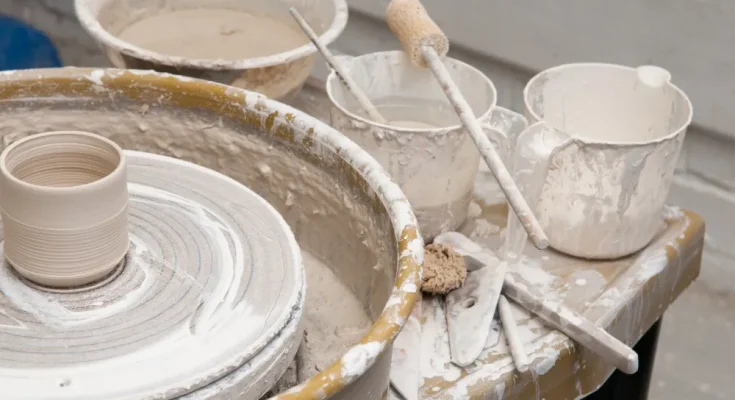Pottery is more than just shaping clay—it’s an art form that requires patience, creativity, and consistent practice. Whether you’re starting your ceramic journey solo or exploring it with a partner through couple pottery classes, mastering pottery techniques takes time, but it’s an incredibly rewarding process. Here’s how to make the most of your classes and improve your skills over time.
- Start with the Basics
Before diving into complex projects, it’s important to build a strong foundation. In your early classes, you’ll learn the core techniques like hand-building, slab construction, coiling, and wheel throwing. Each of these methods teaches you different ways to shape and mold clay, giving you the versatility to experiment with your style later.
- Be Consistent with Practice
As with any craft, the more time you spend practicing, the better you’ll get. If you’re attending weekly sessions, try to practice what you’ve learned at home or during open studio hours. Repetition helps you build muscle memory, especially for techniques like centering clay on the wheel or perfecting your trimming skills.
- Learn from Your Mistakes
Don’t be afraid to mess up—it’s part of the process! Every ceramic artist, no matter how experienced, has cracked a bowl, misjudged glaze, or had a piece collapse on the wheel. Mistakes offer valuable learning opportunities and help you understand how clay behaves at different stages.
- Ask Questions and Stay Curious
Your instructor is a great resource, so don’t hesitate to ask questions or request demonstrations. The best classes encourage a supportive environment where everyone can learn from each other. If you’re taking couple pottery classes, working together and giving each other feedback can also deepen your understanding and make the learning process more enjoyable.
- Explore Advanced Techniques
Once you’re comfortable with the basics, challenge yourself with more advanced techniques such as altering forms, adding texture, or experimenting with layered glazing. Many studios offer specialized workshops for things like Raku firing, porcelain work, or surface decoration that can take your pieces to the next level.
- Observe and Reflect
Take time to observe your own progress. Photograph your pieces over time or keep a journal of what techniques and glazes you’ve tried. This reflection not only tracks your growth but also helps you develop your personal style.
Whether you’re learning solo or bonding through couple pottery classes, mastering pottery is a journey of creative expression and hands-on exploration. Stay patient, keep practicing, and enjoy every moment of turning clay into art.

